1996-03-14 18:44
[ NEW MULTI-AXIAL CARBON-FIBRE CONCEPT OPENS ROUTE ]
Multi-disciplinary co-operative studies involving naval engineers, uni
versity staff and industrial carbon fibre technologists in Norway, Swe
den and Japan have resulted in the development of a new multi-axial re
inforcement that, when laid up as sandwich laminates with a pvc foam-c
ore, fully meets the strength and stealth requirements of modern high-
speed naval vessels while permitting ships to be built by the “sectio
nal” method normal to metal construction.
The first use of the new technology in large vessel construction is on
order from the Swedish Navy for two 71meter ships ― the largest ever
carbon-fibre construction ― to be built by Karlskronavarvet AB in Sw
eden, with an option for two further vessels.
Experience gained from aearlier Swedish Navy order for 39 combat boa
ts, each of 11m, currently being built at Storebro Royal Cruser AB, wi
ll be invaluable in constructing the large vessels during 1996 and 199
7.
While the theortical strengh of fibres is well acknowledged, approach
to achieving that strength in practice is a function of initial fibre
quality, fibre orientation, and integrity of the resin/fibre composite
. Until now, discontinuities - such as fibre twists, entrapped air and
uneven wetting - have seriously affected attained strength properties
. In consequence, while carbon fibres have been developed to increasin
gly higher specific strength and specific modulus of elasticity over t
he years, the attained strength/cost ratio of composites made from the
m has restricted their use to very small, highly specialised, products
.
versity staff and industrial carbon fibre technologists in Norway, Swe
den and Japan have resulted in the development of a new multi-axial re
inforcement that, when laid up as sandwich laminates with a pvc foam-c
ore, fully meets the strength and stealth requirements of modern high-
speed naval vessels while permitting ships to be built by the “sectio
nal” method normal to metal construction.
The first use of the new technology in large vessel construction is on
order from the Swedish Navy for two 71meter ships ― the largest ever
carbon-fibre construction ― to be built by Karlskronavarvet AB in Sw
eden, with an option for two further vessels.
Experience gained from aearlier Swedish Navy order for 39 combat boa
ts, each of 11m, currently being built at Storebro Royal Cruser AB, wi
ll be invaluable in constructing the large vessels during 1996 and 199
7.
While the theortical strengh of fibres is well acknowledged, approach
to achieving that strength in practice is a function of initial fibre
quality, fibre orientation, and integrity of the resin/fibre composite
. Until now, discontinuities - such as fibre twists, entrapped air and
uneven wetting - have seriously affected attained strength properties
. In consequence, while carbon fibres have been developed to increasin
gly higher specific strength and specific modulus of elasticity over t
he years, the attained strength/cost ratio of composites made from the
m has restricted their use to very small, highly specialised, products
.
많이 본 기사
- 국제물류업계, 광양항 마지막 배후단지 활용법 모색한다‘일상이 된 물류시장 불확실성’, AI·친환경이 돌파구‘고환율·저운임’ 글로벌 물류기업 일제히 부진한 실적 신고‘수요 둔화 지속’ 컨운임지수 한주만에 1300선으로 후퇴DHL, 중동 두바이에 차세대 물류허브 개소해운협회, 부산항도선사회와 CCTV 활용 안전도선 업무협약한국해양대, 장금상선등 해운사와 해양인재 양성방안 모색2028년 유엔 해양총회 한국 유치 확정KMI, 우리나라와 북극권국가 협력 방안 모색벌크선시장, 급등 이후 조정 '속도 조절 들어가나'
- 인사/ 팬오션전재수 해수부 장관 사의…“해양수도권 차질없이 육성되길”쿠팡 박대준 대표이사 사임…“개인정보 유출 책임 통감”에스티엘글로벌, 한국해大 해사대학에 장학금 기부日 ONE 운항 9100TEU급 컨선 화재…공동해손 선언인사/ 해양수산부윌로그, 벤처창업진흥유공 대통령 표창 수상아시아나IDT, 산업안전세미나 개최…‘플랜투두’ 확산 전략 공유아로아랩스, 중기부 창업지원프로그램 선정…연구개발 자금 확보부음/ 해운조합 최종진 본부장 빙모상










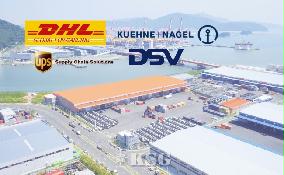

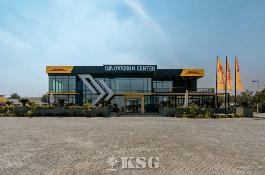
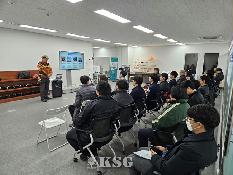

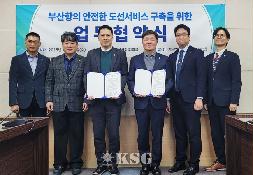
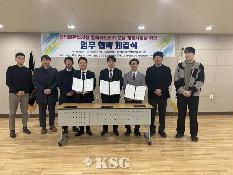

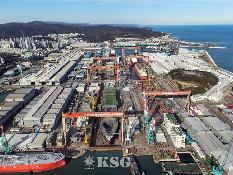

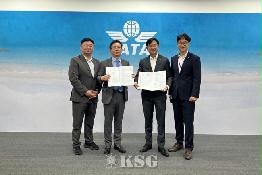




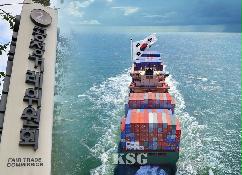
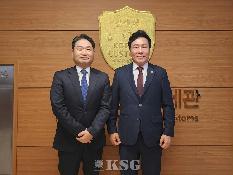

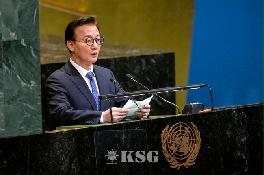
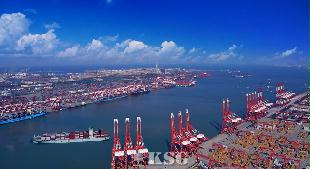
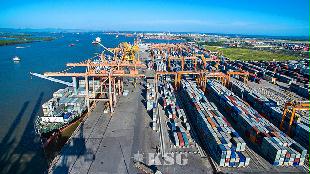
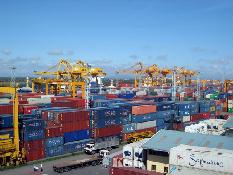






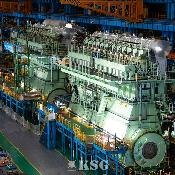
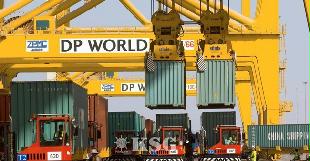
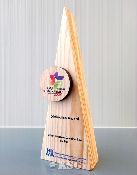






















0/250
확인